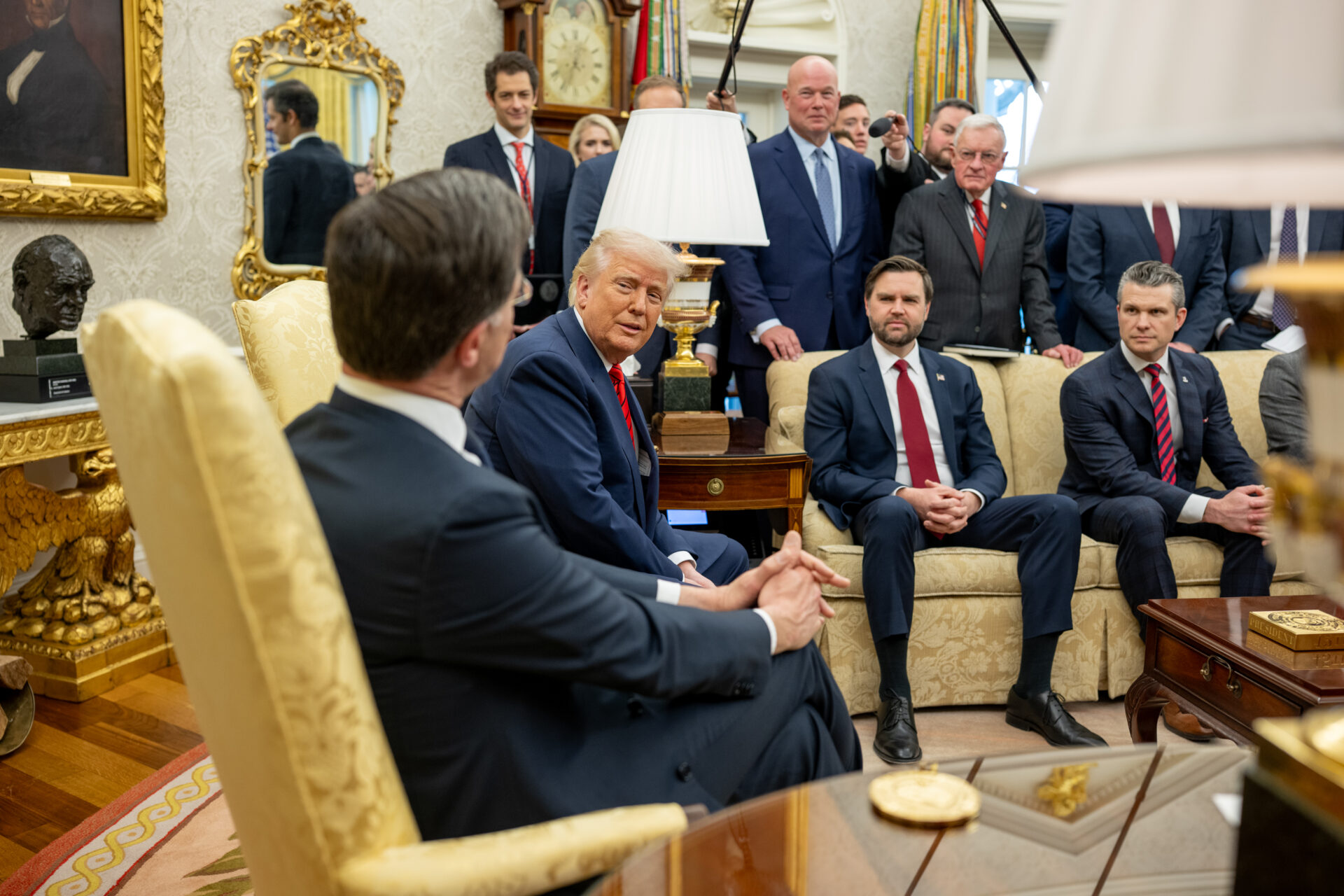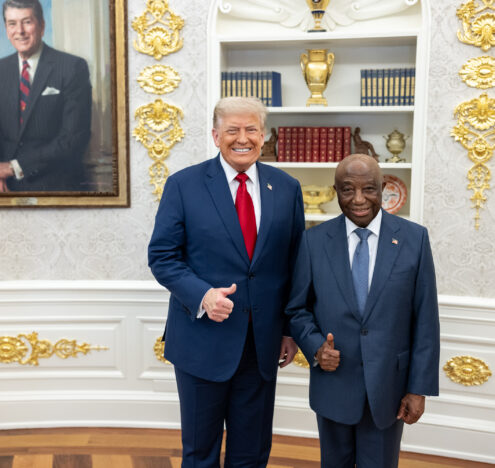Early last month, United States President Donald Trump and Secretary of Defense Pete Hegseth made news when they said that they would submit a $1 trillion funding request for the Pentagon for fiscal year 2026.
The budget request is out now, and it is for $1 trillion — sort of. About $893 billion of that amount will come from the Pentagon’s formal budget request, with $100 billion-plus more expected when Congress passes an add-on to department funding as part of the reconciliation bill it is now considering. In the end, the Pentagon’s top line will likely end up at $1 trillion or more, but only if Pentagon budget boosters in Congress have their way.
US Senator Roger Wicker, a Republican from Mississippi, has criticized the administration’s proposal because it incorporates potential Congressional add-ons that he expected to come on top of a direct Pentagon budget request for $1 trillion rather than be incorporated into the Pentagon request to reach the $1 trillion mark.
He argued that the budget would “decrease President Trump’s military options and his negotiating leverage,” claiming: “President Trump successfully campaigned on a Peace Through Strength agenda, but his advisers at the Office of Management and Budget were apparently not listening.”
*
The debate between Wicker and the administration is a tempest in a teapot compared to the larger issues at play. At the same time that the Pentagon budget is soaring toward its highest level since World War II, adjusted for inflation, the new administration proposal calls for $163 billion in cuts in domestic programs. This is on top of cuts already on tap for the Veterans Administration and employees who process Social Security benefits, not to mention the dismantling of America’s primary foreign aid institution, the Agency for International Development, or USAID.
The conventional wisdom might suggest that spending more on the Pentagon would bring more defense capabilities. Would that it were so. The $1 trillion Pentagon budget, if it comes to be, is based on an outmoded strategy that assumes that the United States should be able to project force anywhere in the world on short notice.
*
It also overstates China’s military capabilities and intentions and seeks to lavish tens of billions of dollars on a Golden Dome missile defense system, which has the impossible goal of developing a capability to intercept any and all missiles launched at the United States, from high speed drones and hypersonic missiles to long-range intercontinental ballistic missiles (ICBMs). No matter how much is spent, Golden Dome will offer little value, most notably because it will be unable to address the threat posed by long-range ICBMs.
A more realistic strategy could provide a robust defense for far less than $1 trillion per year. The new approach should abandon our current “cover the globe” military posture, which calls for the ability to intervene anywhere in the world on short notice.
The $1 trillion Pentagon budget, if it comes to be, is based on an outmoded strategy.
In addition, it should rely more on allies to provide defenses for their own regions. It should abandon the Pentagon’s current quest for a new generation of nuclear weapons in favor of a stance of “minimum deterrence” — maintaining enough nuclear weapons to dissuade another country from attacking the United States, and no more. And it should move towards more affordable, reliable weapons systems instead of costly, complex, and unreliable systems like the F-35.
*
The other problem with boosting the Pentagon and cutting virtually everything else is that it will leave America ill-prepared to address non-military threats from climate change to pandemics to the opioid crisis. And virtually eliminating USAID while cutting back on funding for the State Department will deprive the US of non-military tools of influence that are often more applicable and more effective in dealing with major security challenges.
For example, the Iran nuclear deal, formally the Joint Comprehensive Plan of Action (JCPOA), was successfully curbing Iran’s nuclear program when the first Trump administration abandoned it. And the “One China” policy in which the US agrees not to formally recognize Taiwan as an independent nation kept the peace in the Taiwan Strait for over four decades until recent backsliding sparked an uptick in tensions between Washington and Beijing. Smaller initiatives like USAID programs that prevent disease, provide clean water, and give food aid have helped millions of people worldwide while winning goodwill for the United States.
Ideally, Congress would subject the new budget proposal to deep scrutiny and put forward a more balanced alternative. But partisan divisions and a fear among many members to speak out forcefully on issues labeled “national security” suggest that alternative views may have to come from elsewhere — from independent experts, media outlets, and the broader public. This is not the time to leave Pentagon spending and federal budget priorities to “the experts,” given what is at stake.




















